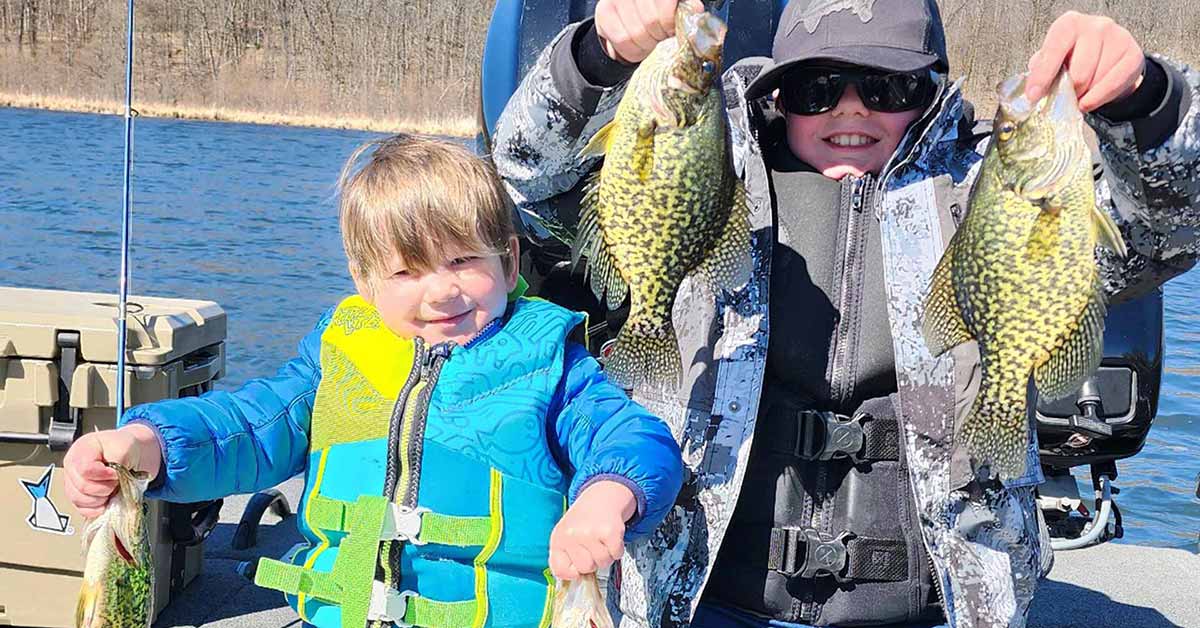Catfish Location in Rivers
Channel catfish in rivers relate to current breaks and cover associated with deep holes.
Anchor just upstream from key fish attractors and use deadbeat rigs to coax fish into biting.
One thing about rivers is that they rarely stay the same for long. One day they can be low and clear, and the next day they can be high and muddy. Each time on a river is a new experience, a new investigation in tracking down catfish locations. In this article, we will explore the techniques and tools used to find catfish in rivers.
Using Side Imaging to Locate Catfish
One of the challenges in finding catfish in rivers is that in dark water rivers, it can be difficult to see the spots where catfish tend to gather, such as log jams and rocks. To overcome this challenge, we can use a tool called side imaging. Side imaging is a feature found in fish finders, such as the Humminbird side imaging, that allows us to scan the riverbed from bank to bank.
By moving slowly down the middle of the river with the side imaging, we can pinpoint and save the spots that have collections of wood and rock, which are ideal for catfishing. This allows us to come back later in the day and fish in those specific spots. Side imaging is especially useful in dark water rivers where visibility is limited.
The Importance of Meeting Holes, Current, and Cover
When it comes to river catfishing during the summer months, there are three key factors to consider: meeting holes, current, and cover. Meeting holes are areas where different currents converge, creating a deeper spot in the river. Catfish often gather in these meeting holes to take advantage of the increased food supply and oxygen levels.
Current is another important factor to consider. Catfish are typically found in areas with moderate to strong current, as it helps disperse their scent and brings in a steady supply of food. Look for areas where the current is flowing, such as near bridges or bends in the river.
Lastly, cover is crucial for catfish. They seek out areas with cover, such as log jams and rocks, where they can hide and ambush their prey. These spots provide protection and make it easier for catfish to catch their food. Look for areas with good wood depth and current, as these are prime locations for catfish.
Scouting and Fishing the River
To find the best catfishing spots in a river, it’s important to scout the area first. In the transcript, the speaker mentions running up the river for a few miles to isolate key locations. This allows them to identify spots with distinct holes, cover, and current. Once these spots are identified, they can fish back downriver over those locations.
In the four-mile section of river mentioned in the transcript, the speaker has isolated some interesting spots, including two bridges with distinct holes and cover in current, as well as key corner bends with good wood depth and current. These spots are likely to hold catfish and are worth exploring.
Fishing in Shallow Barrier Areas
The speaker mentions starting in a hole just downstream from expansive shallow barrier areas. These shallow barrier areas are great collection spots for river catfish. They provide cover and create a natural funnel for catfish to gather. When fishing in these areas, it’s important to be aware of any changes in water temperature or conditions, as they can affect the behavior of the fish.
In the transcript, the speaker mentions experiencing a cold front in mid-August, which caused the water temperature to drop. This change in temperature may have affected the activity of the catfish, making them less active and harder to catch. Despite this, the speaker still manages to catch a few catfish, including a small one.
The speaker also comments on the incredible ability of catfish to find food in dark water with limited visibility. In the river they are fishing in, the water clarity is only about two inches, yet the catfish are still able to locate their prey. This is a testament to the catfish’s adaptability and survival instincts.
Conclusion
Finding catfish in rivers can be a challenging yet rewarding experience. By using tools like side imaging and understanding the importance of meeting holes, current, and cover, anglers can increase their chances of locating catfish. Scouting the river and fishing in key locations can also greatly improve the success rate. Despite the ever-changing nature of rivers, the thrill of tracking down catfish remains constant.










